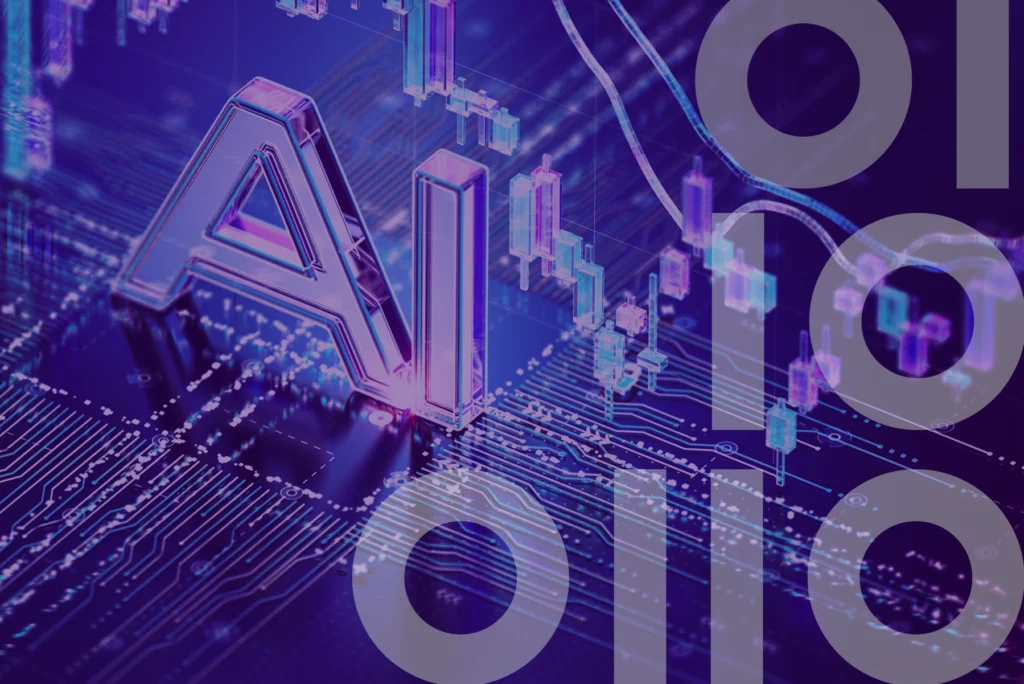If your organization is on the path to digital transformation, scaling AI initiatives, or simply trying to keep pace with growing data demands, your success depends on how well you can adapt, automate, and scale on the architecture that supports everything you do. The challenge? Traditional systems and fragmented data structures can’t keep up with the pace of business, AI innovation, and customer expectations.
That’s why architecture modernization is so critical – it’s about building a foundation designed for change. Today’s leaders are rethinking how data is managed, shared, and activated across the enterprise to create environments that are flexible, governed, and ready for whatever comes next.
Let’s explore what that looks like in practice – from the evolving roles of data mesh and data fabric to the capabilities and automation that make modern architectures work.
Moving Beyond the Data Mesh vs. Data Fabric Debate
For years, the conversation around data mesh and data fabric has been framed as a competition: two opposing schools of thought vying to define the future of enterprise architecture. But in practice, the debate misses the point.
Forward-looking organizations aren’t asking, “Which one should we choose?” They’re asking, “How can these approaches work together to help us scale, automate, and innovate?”
That’s because data mesh and data fabric aren’t rivals – they’re complementary.
- Data mesh defines how data is organized, owned, and delivered: a decentralized model where domain experts manage data as products.
- Data fabric defines how data is connected, automated, and orchestrated: an intelligent, architecture that leverages metadata, AI, and automation to simplify integration, accelerate access, and ensure consistency across ecosystems.
Together, they bridge the organizational and technical sides of modernization. The mesh establishes ownership, context, and accountability, while the fabric delivers activated metadata, automation, and governance needed to operationalize that model at scale.
In other words, the goal isn’t to focus on one architecture or the other – it’s to unlock the capabilities that you need, the ones that make your data more discoverable, trustworthy, and actionable. What matters most is how your architecture enables people to access the right data, at the right time, for the right purpose.
What Modern Data Architecture Really Looks Like
Despite the buzz, there’s no “data mesh in a box” or “fabric off the shelf.” These are design patterns, not products. Yet vendors often position themselves as offering a turnkey solution.
The reality? No single vendor delivers it all. Even the most advanced platforms only deliver portions of what a truly modern architecture requires. That’s why the strongest modernization strategies focus less on vendor claims and more on capabilities that can integrate, scale, and evolve together.
If your organization is evaluating tools and approaches, here’s what you should look for:
- Comprehensive metadata management that fuels discovery, automation, and governance
- Interoperability across ecosystems, including legacy environments, multi-cloud, and hybrid architectures
- Flexible integration models, whether through “collect” approaches that centralize data or “connect” approaches that virtualize it
- Support for a shared data view – sometimes called a semantic layer that creates a unified view of data without duplicating it
Understanding a vendor’s architectural philosophy – whether it’s built around connecting data in place or collecting it into a shared layer – helps clarify how that approach will fit your existing ecosystem.
In the end, the winning formula is interoperability plus insight. Modern data architecture succeeds when every component – fabric, mesh, metadata management, governance, and analytics – works together to create a consistent, automated flow of trusted data across your business.
Core Capabilities for Modern Architecture
Modernization isn’t about finding one platform that does everything. It’s about assembling a core set of capabilities that can evolve as your business does. These form the backbone of an adaptive, future-ready architecture:
- Integration across complex systems
Enterprise data rarely lives in one place. Seamless integration across on-premises, cloud, and hybrid environments – and even complex systems like IBM z and SAP ensures data flows consistently and securely, wherever it lives. - Metadata management
Metadata is the connective tissue of modern data ecosystems. It enables visibility, governance, and automation so you can understand data lineage, quality, and relevance in real time. When managed well, metadata powers intelligent systems that recommend, optimize, and activate data. - Semantic layer flexibility
A robust semantic layer creates a shared understanding of data across business teams. It reduces complexity, standardizes definitions, and lets you build data products confidently without getting lost in technical detail. - Governance that scales
Modern architectures need governance models that adapt to business structure – centralized when necessary, federated when beneficial, and always transparent. That flexibility helps you keep control and agility, especially as AI and regulatory requirements evolve. - AI-driven automation
From data discovery to quality scoring and lineage tracking, AI and agentic automation are now essential capabilities. They enable faster data-driven decision-making, reduce manual errors, and free up your team for higher-value innovation.
By prioritizing these pillars, you can move from reactive data management to proactive, insight-driven ecosystems that continuously modernize.
From Governance to Self-Service: The Role of Automation
One of the most important shifts in architecture modernization is the move toward data self-service. As organizations adopt data marketplaces and AI-assisted analytics, data access is no longer the exclusive domain of IT or data science teams – it’s becoming democratized.
But self-service doesn’t mean ungoverned access; it means empowered access. When built on a foundation of trusted, observable data, self-service enables users across the business to explore information safely and confidently.
Modern data marketplaces, backed by strong metadata and governance, allow users to:
- Discover, request, and use data products without waiting weeks for IT
- Access enriched data that combines internal and external context (like location or demographic data)
- Use natural language interfaces, powered by generative AI, for faster insights and decision-making
Automation is key here. It keeps data quality, observability, and compliance continuously monitored, without adding manual administrative overhead. Proactive alerts and AI-based validation maintain trust across the lifecycle of every data product.
In this way, architecture modernization becomes both a technical and cultural evolution. It bridges the gap between governance and agility so every user can act on trusted data confidently, while keeping compliance intact.
Market Outlook: Modernization in 2025 and Beyond
If 2025 has shown us anything, it’s that the modernization landscape continues to evolve in unexpected ways. Vendor consolidation has reshaped the market, with major players merging capabilities to deliver more unified data platforms. These moves reflect the growing demand for end-to-end solutions that combine governance, automation, and AI-readiness.
At the same time, agentic AI is transforming how organizations build and manage data products. AI is now generating simpler applications itself, while larger, enterprise-grade systems still rely on robust, scalable architectures. Modernization now means continuously augmenting systems with intelligent automation – not just updating infrastructure.
Looking ahead to 2026, several trends are set to accelerate:
- Data management takes center stage. AI success depends entirely on data quality, governance, and observability. Neglecting this foundation means you risk falling behind.
- Metadata becomes strategic. Active metadata will power automated recommendations, compliance monitoring, and adaptive data products.
- Composable architectures gain traction. Modular, interoperable components will replace monolithic systems.
- AI governance becomes non-negotiable. As regulations tighten, scalable, location-aware compliance frameworks embedded into architecture design will be essential.
The common thread? A renewed focus on data as a true enterprise asset. Modernization is all about building the resilient, intelligent systems that make innovation possible.
Building a Future-Ready Data Foundation
The future of modernization is an evolving strategy; it’s not a single product or destination. Whether through mesh, fabric, or both, your success depends on one thing: creating a foundation that’s flexible, intelligent, and built to last.
By investing in architecture modernization today, you enable:
- Real-time visibility across their data landscape
- Trusted insights that power AI and analytics
- Faster innovation through automation and self-service
- Scalable governance that adapts to change
For more on architecture modernization and how to make the best decisions for your organization, watch our on-demand webinar: Architecture Modernization: Building a Future-Ready Data Foundation.







